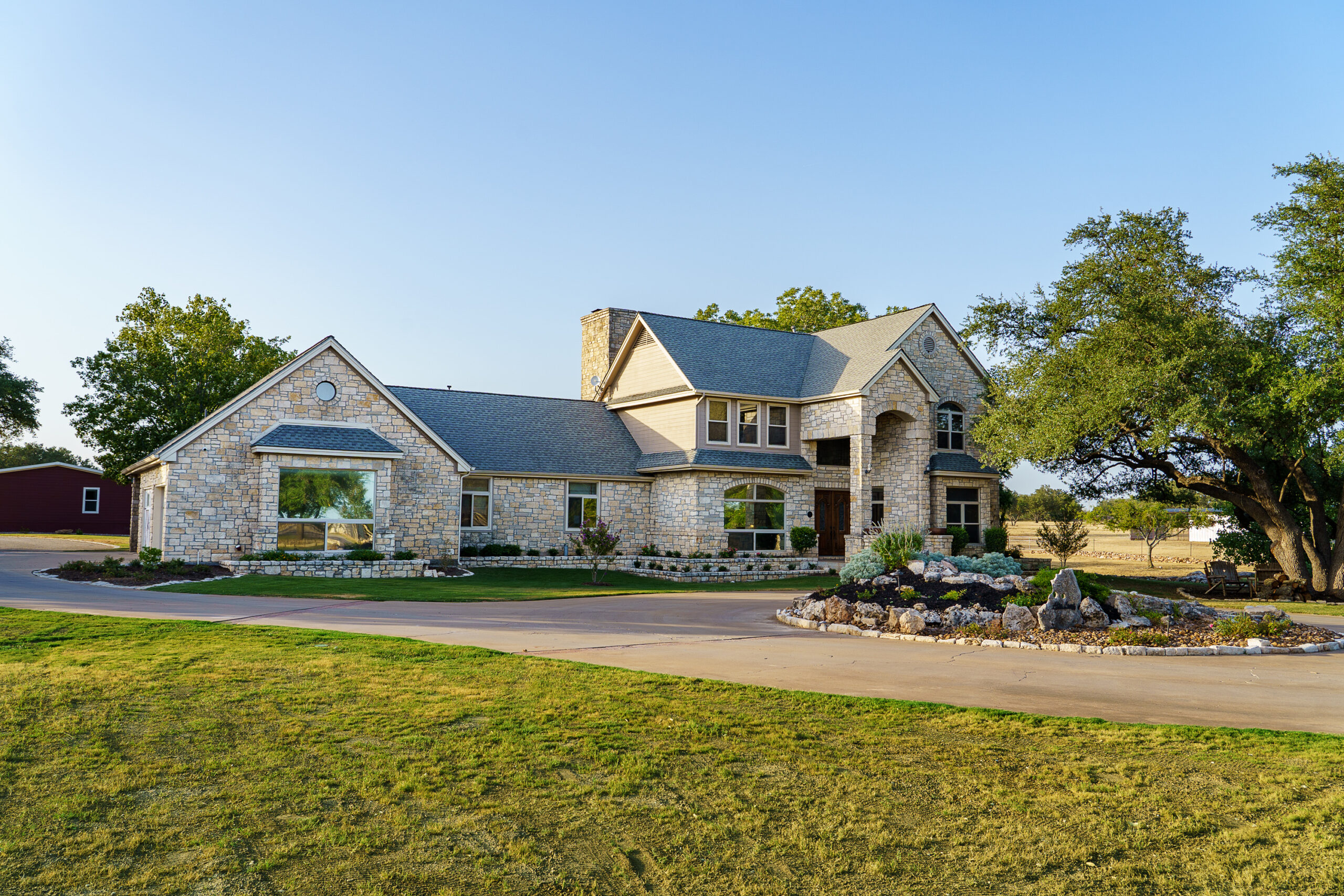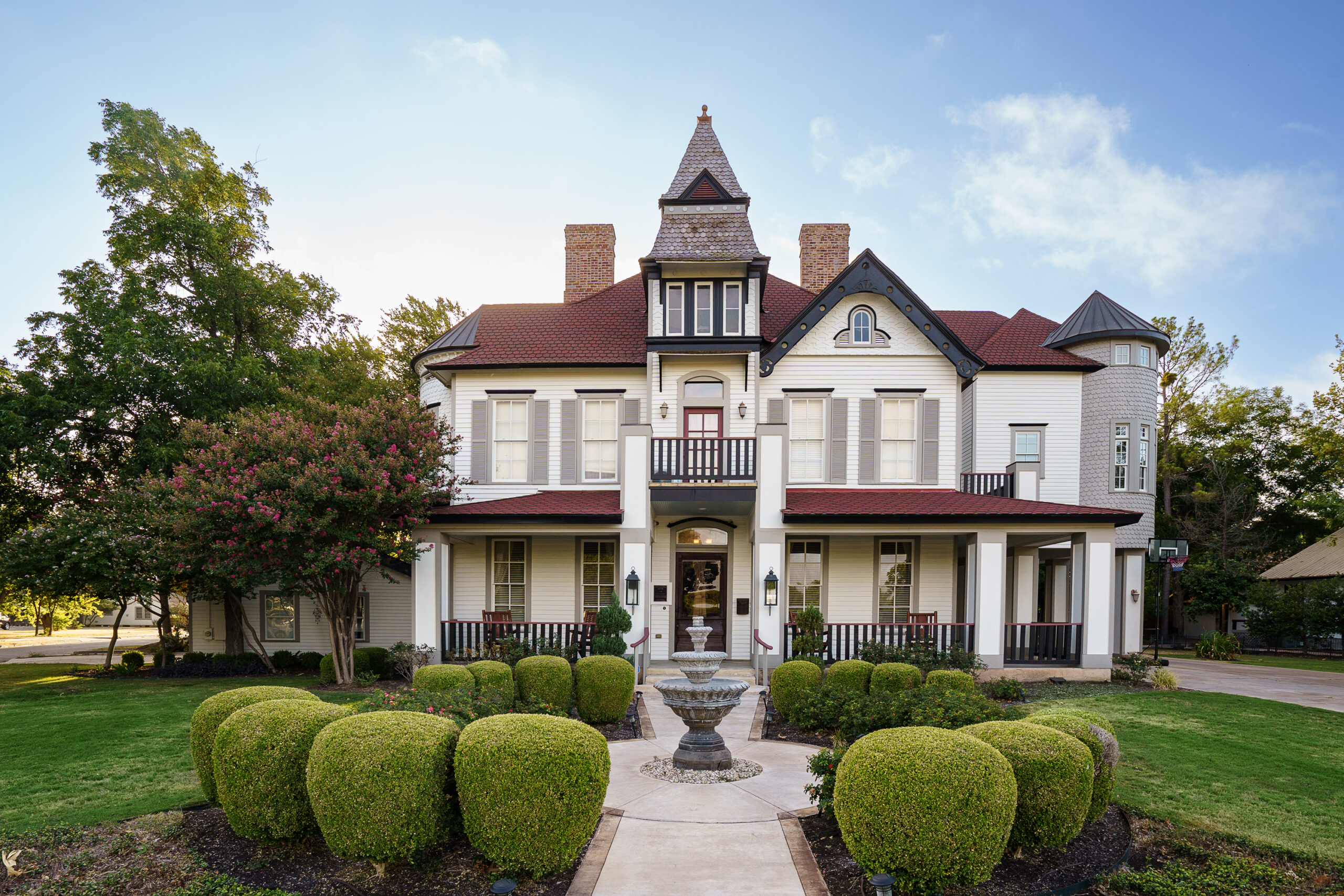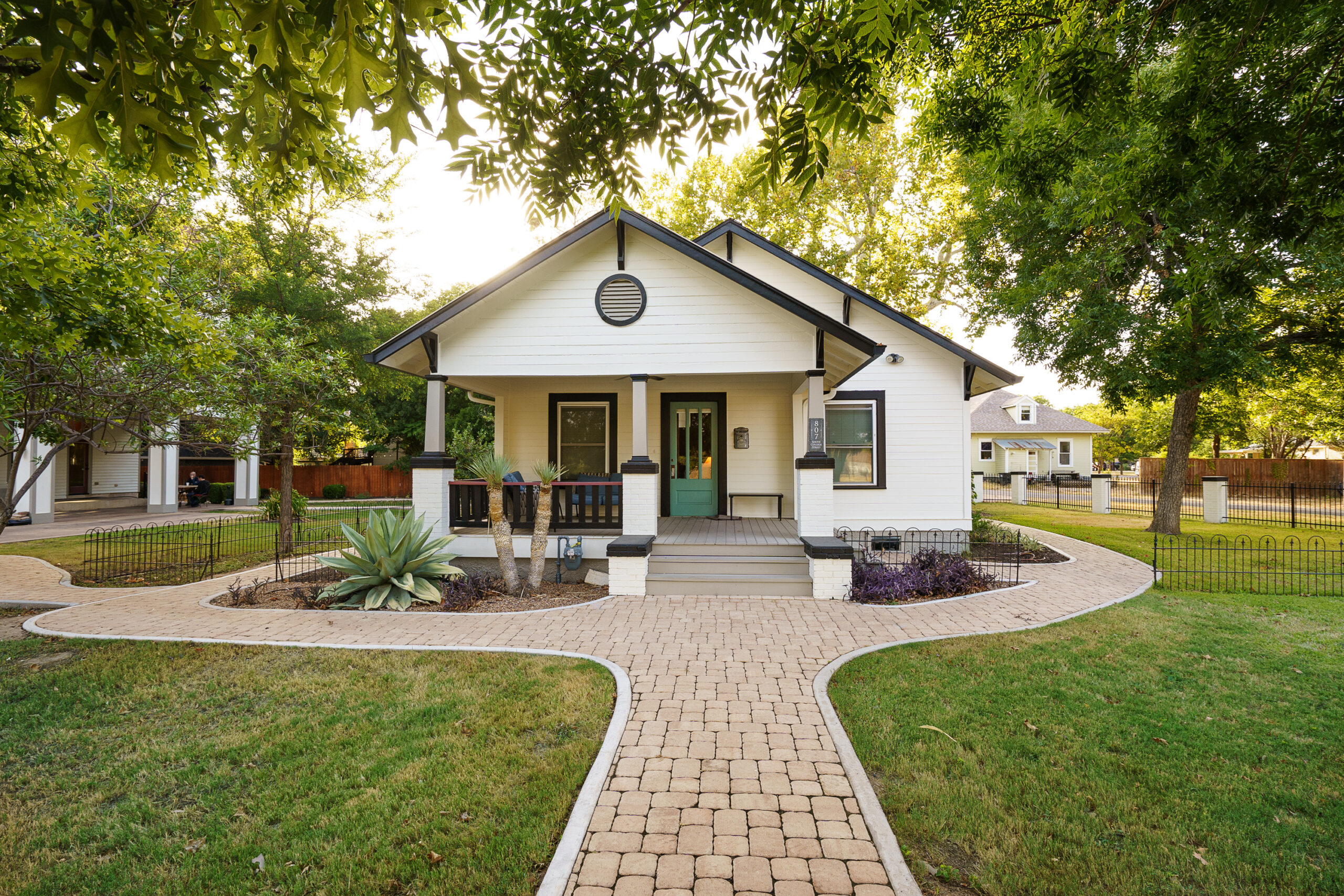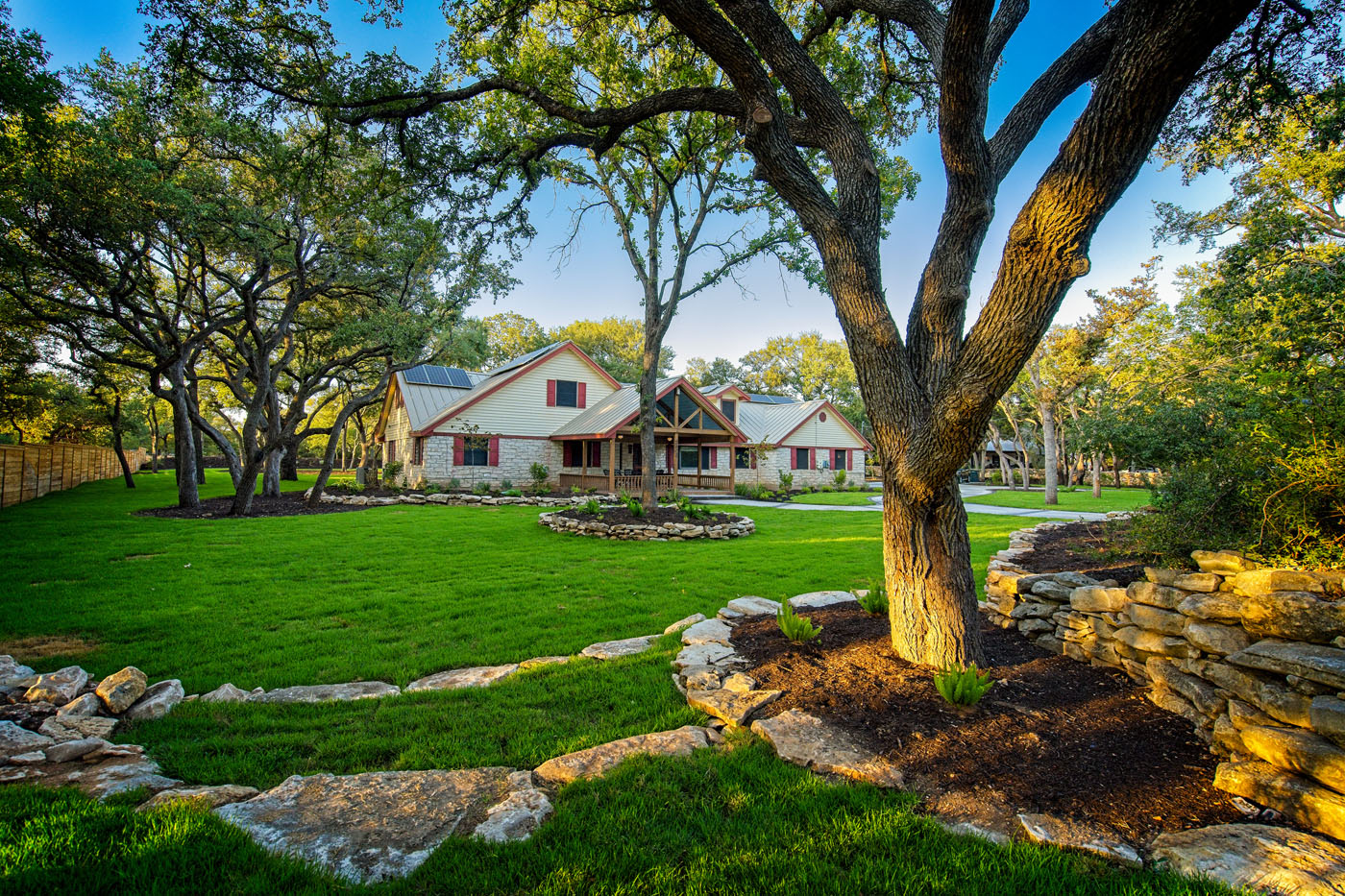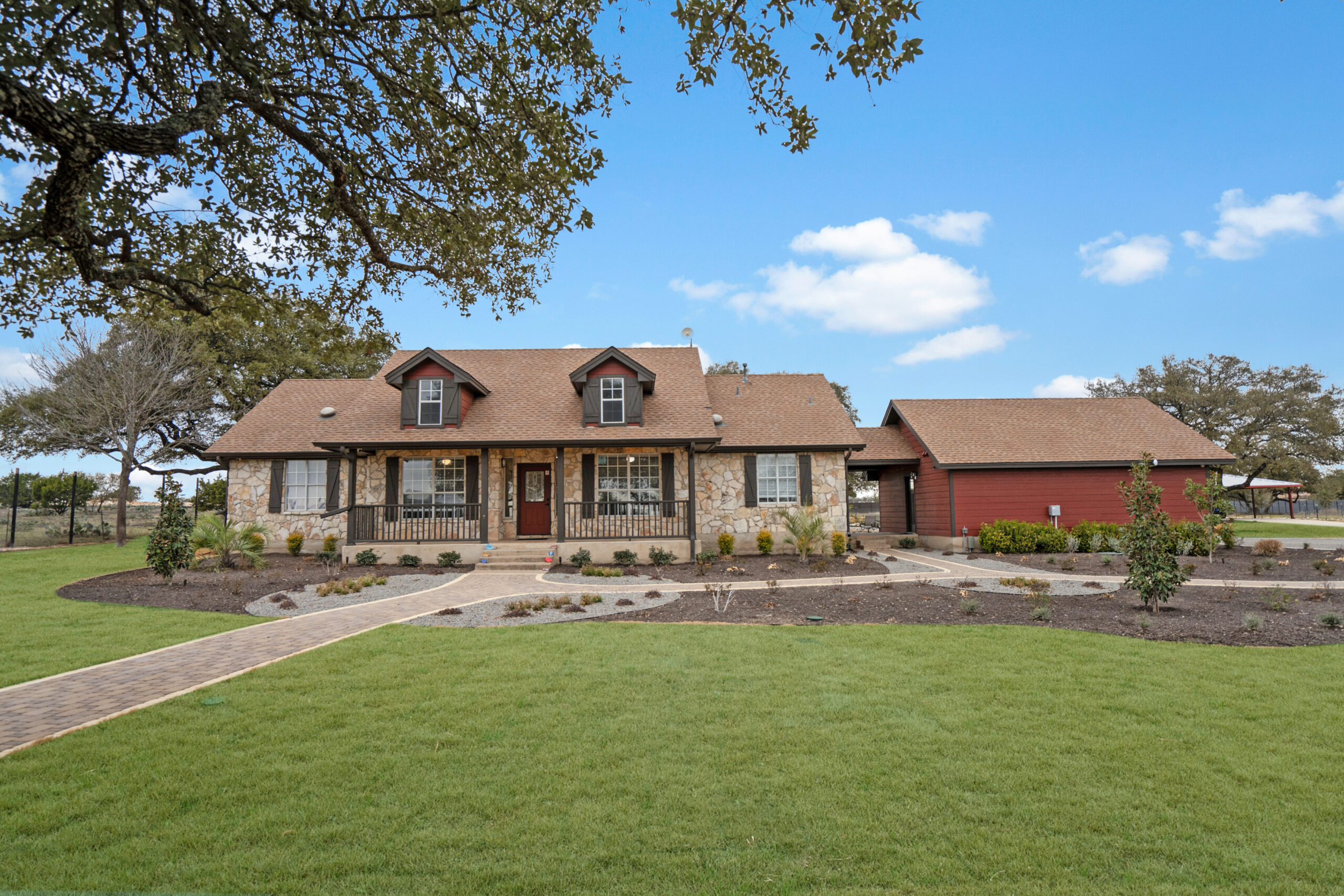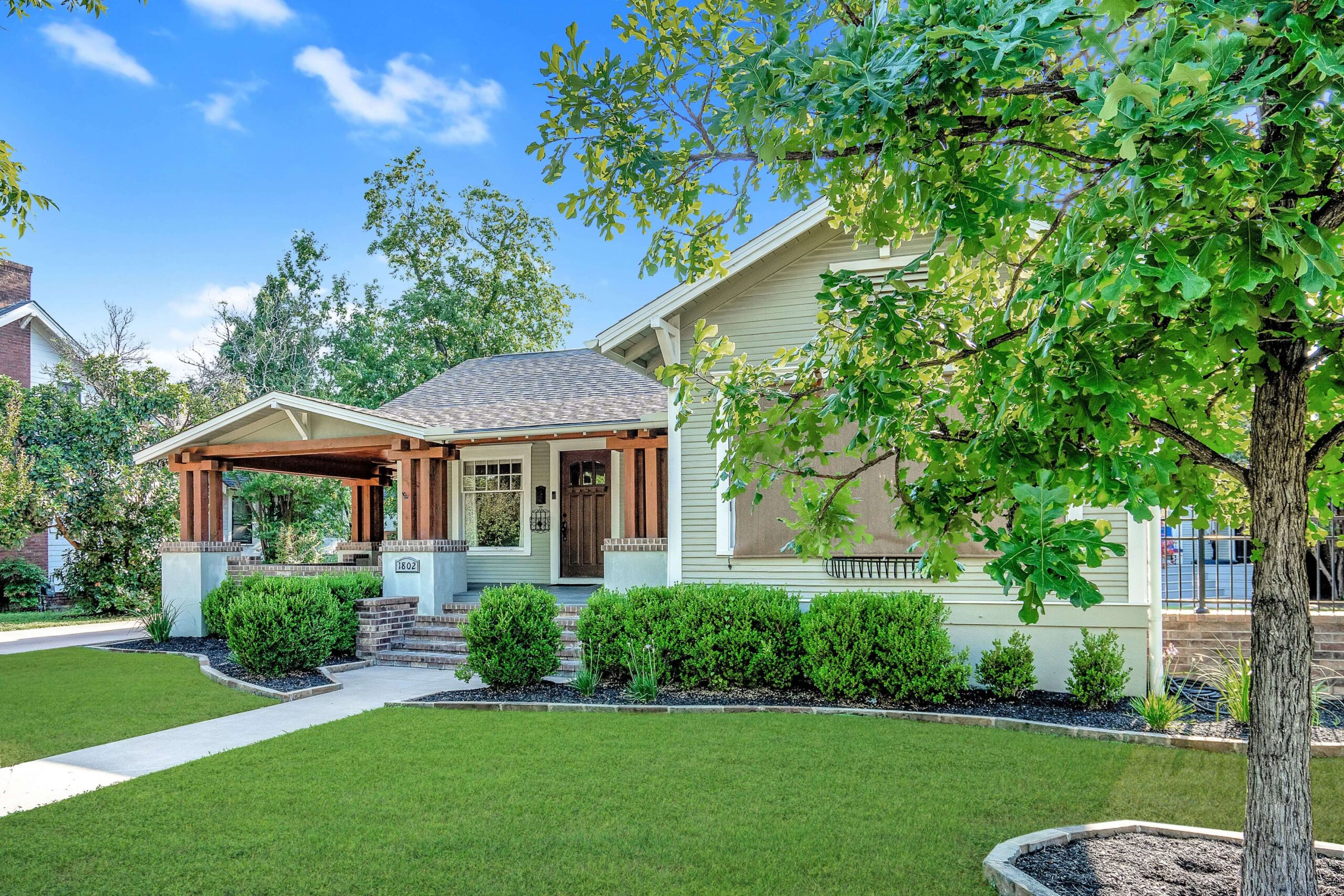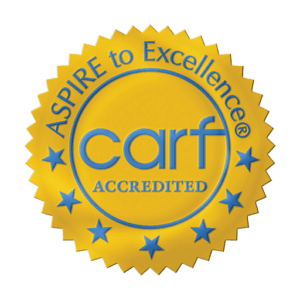The Holistic Treatment Approach
At Alta Loma, our approach to in patient treatment for bipolar disorder is rooted in a holistic understanding of mental health. This means addressing not just the symptoms but the whole person–mind, body, and spirit. Bipolar disorder is complex and multifaceted, requiring a nuanced treatment plan that goes beyond medication alone.
Our programs integrate cognitive behavioral therapy (CBT) with nutrition planning, art therapy, and personalized fitness regimes. By incorporating diverse therapeutic disciplines, residents are equipped with comprehensive tools to manage their bipolar symptoms effectively. Our serene environment fosters healing and growth, providing the ideal backdrop for recovery.
Beyond the structured therapeutic activities, residents benefit from peer support networks, helping them build lasting connections and learning to navigate their emotions in a supportive community. This holistic framework aims to empower individuals to reclaim control over their lives and to thrive beyond the confines of their diagnosis.
Balancing Medication and Therapy
Medication plays a pivotal role in stabilizing mood swings experienced by those undergoing in patient treatment for bipolar disorder. However, it is not the sole solution. At Alta Loma, we emphasize the importance of therapy alongside medication to achieve the best outcomes.
Our dedicated team of psychiatrists works closely with residents to tailor medication plans that minimize side effects while maximizing mood stabilization. Therapy sessions, including both individual and group formats, provide a space for residents to explore their thoughts, emotions, and behaviors.
As an experienced professional in the field, I’ve seen firsthand how combining medication with therapy enhances a patient’s ability to manage triggers and develop coping strategies. This dual approach fosters resilience and reduces the likelihood of relapse.
Therapeutic interventions such as CBT and dialectical behavior therapy (DBT) are regularly incorporated, providing residents with the skills needed to navigate the complexities of bipolar disorder. The synergy of therapy and medication forms the cornerstone of successful bipolar disorder management.
What Qualifies as a Bipolar Disorder Emergency?
A bipolar disorder emergency arises when an individual experiences extreme mood episodes, such as severe mania or depression, that put their safety at risk. In such cases, immediate in patient treatment for bipolar disorder is essential to prevent harm and stabilize mood.
The signs of a bipolar emergency can include suicidal thoughts, reckless behavior, or psychosis. Recognizing these symptoms early and seeking prompt professional help can significantly mitigate the risks involved. At Alta Loma, we are equipped to offer urgent care and support, ensuring safety while initiating effective treatment protocols.
Steps for In Patient Admission
For those considering in patient treatment for bipolar disorder, understanding the admission process can be crucial. Here are the steps involved:
- Initial Consultation: Contact us to discuss symptoms and treatment needs with our intake team.
- Evaluation: Our professionals conduct a comprehensive assessment to determine the most appropriate treatment plan.
- Admission Planning: We coordinate with the family and patient to set a date for entering the program.
- Personalized Care Plan: Upon admission, each resident receives a tailored treatment plan targeting their specific challenges.
- Continuous Monitoring and Support: Throughout the stay, we provide 24/7 support and monitor progress to adapt plans as needed.
These steps help ensure a smooth and supportive transition from the initial inquiry to active treatment within our facility.
Daily Life in In Patient Programs
The daily routine of in patient treatment for bipolar disorder is meticulously crafted to provide structure and stability. At Alta Loma, residents follow a schedule that balances therapeutic interventions with leisure and social activities.
Mornings typically begin with mindfulness exercises or yoga, setting a calm tone for the day. Therapy sessions are interspersed with educational workshops, covering topics such as emotional regulation and stress management. Residents engage in creative therapies like art and music, which aid in emotional expression and processing.
- Peer Support: Regular group sessions foster a sense of community and shared understanding.
- Individual Therapy: One-on-one sessions address personal goals and challenges.
- Recreational Activities: Facilities include sports and outdoor activities to promote physical health.
This structured environment ensures residents can focus on recovery without the distractions of daily life outside the treatment center.
